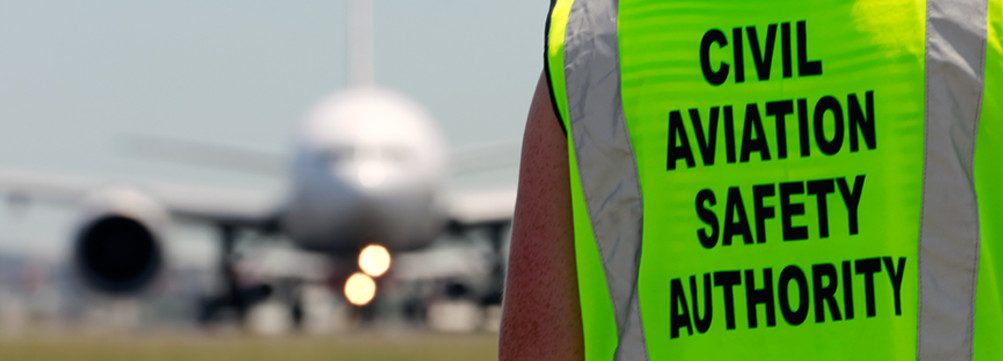Following on from the chaos at London’s Gatwick airport earlier this month, Australia’s Civil Aviation Authority (CASA) has confirmed that new surveillance technology will be deployed at sensitive locations in 2019 as part of a “crackdown” on drones and their prevalence in public areas.
These measures will include what CASA communications manager Peter Gibson describes as “monitoring equipment” at major airports. This equipment, Gibson says, will give officials the ability to identify a drone, its serial number and the location of its pilot while in flight.
“We can identify therefore who is flying it,” he said, adding that combined with incoming registration requirements the tech will “dramatically” change the way rules relating to drones are enforced. “2019 will be a drone safety crackdown,” he said.
It could well be that Gibson is referring to a system such as DJI’s Aeroscope, which provides situational awareness to local authorities, pinpoints DJI aircraft in the sky, transmits telemetry data and highlights the location of the pilot. However, it’s not clear that the system would help prevent deliberate incursions into airport boundaries by those who are seeking to disrupt and know how to avoid being tracked.
As we commented earlier this week, counter-UAS providers have a lot of work to do before any can claim to have developed a Silver Bullet to mitigate the potential threat from malicious drones.
Despite this, Gibson said that the incident at London’s second-busiest airport “highlights the importance of having this capability”.
Education and enforcement?
Just like in the UK, CASA is launching a drone registration scheme in 2019 for recreational pilots and online safety tests to encourage the community to stay up to speed with aviation regulations.
Let’s hope the list of registered pilots improves accountability and isn’t simply the first port of call or police whenever there is a drone-related incident. That’s exactly what appeared to happen after the Gatwick fiasco, when a couple living nearby the airport was taken into custody and released two days later without charge.
In 2019 Australian authorities will also have greater powers to conduct safety checks and an increased ability to issue heavy fines of up to drone pilots in breach of the rules.
Malek Murison is a freelance writer and editor with a passion for tech trends and innovation. He handles product reviews, major releases and keeps an eye on the enthusiast market for DroneLife.
Email Malek
Twitter:@malekmurison
Subscribe to DroneLife here.
